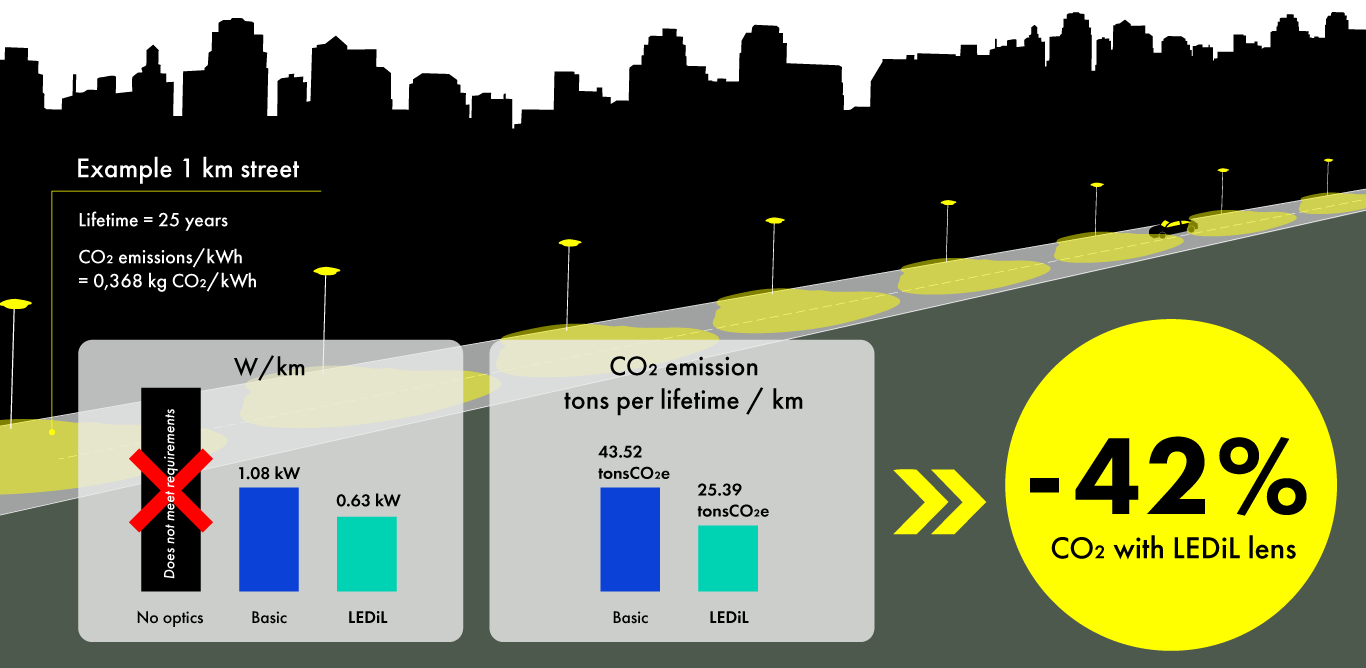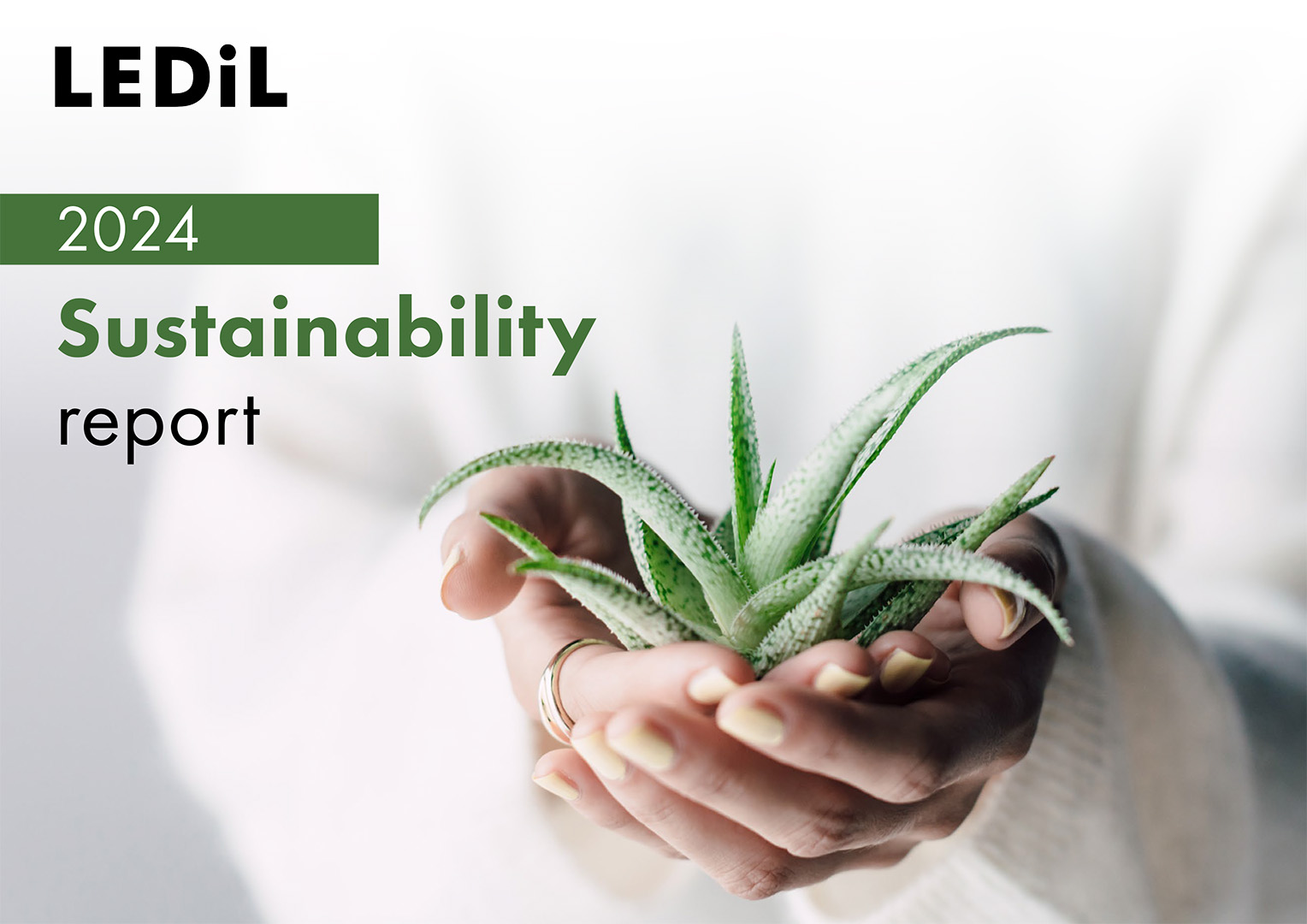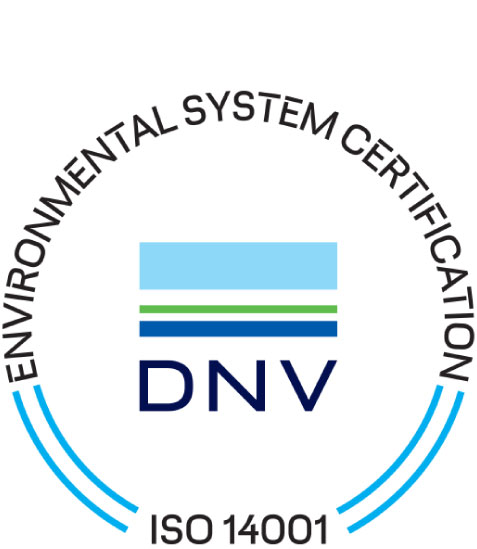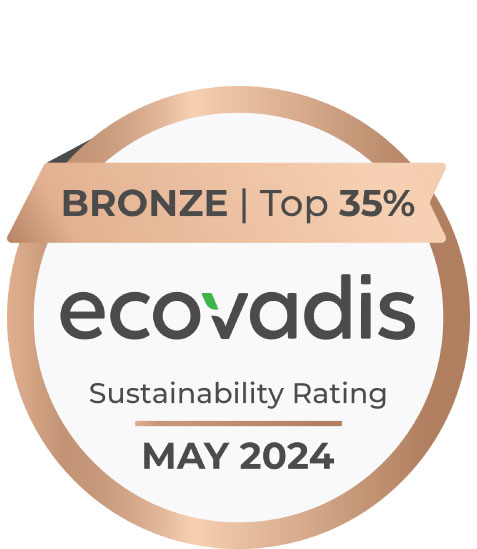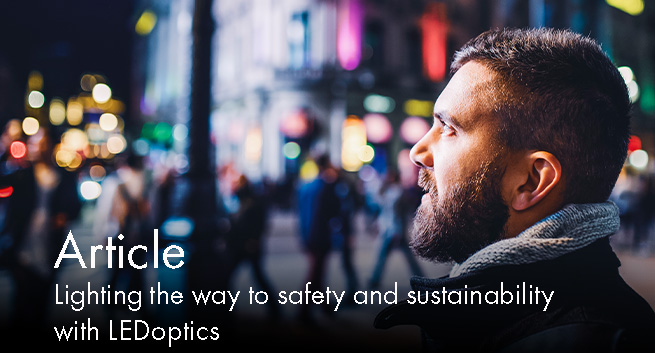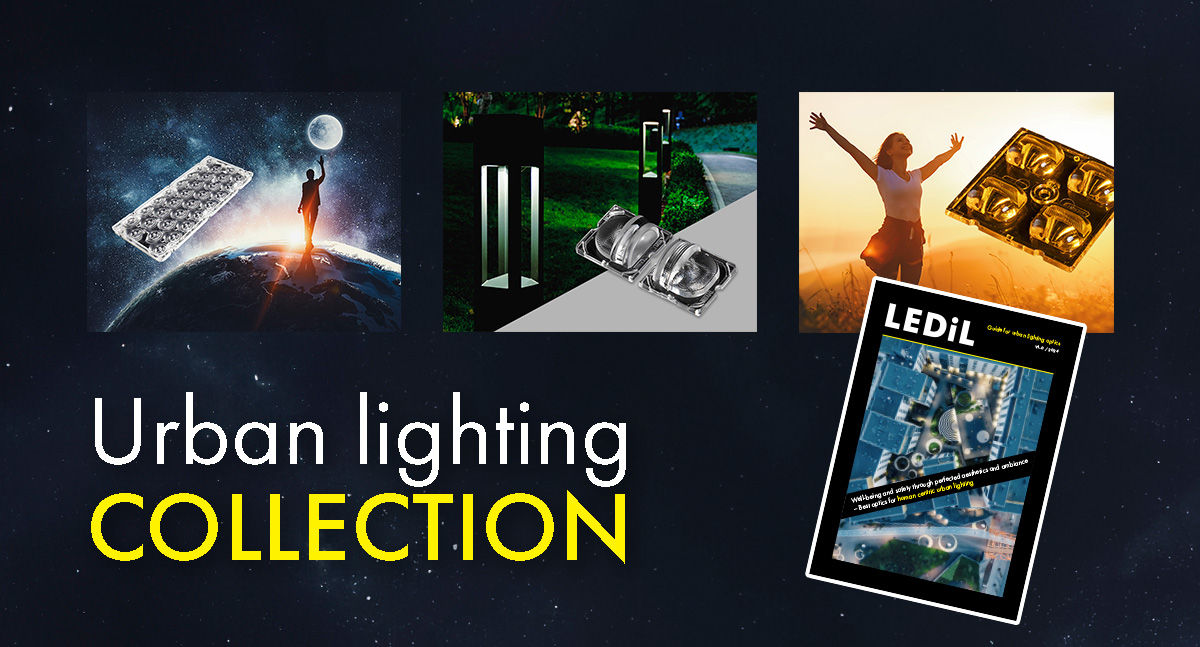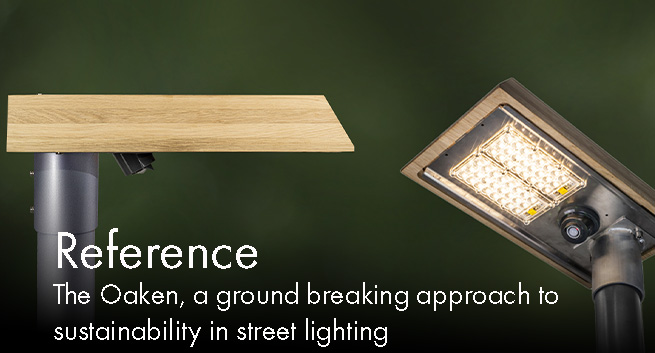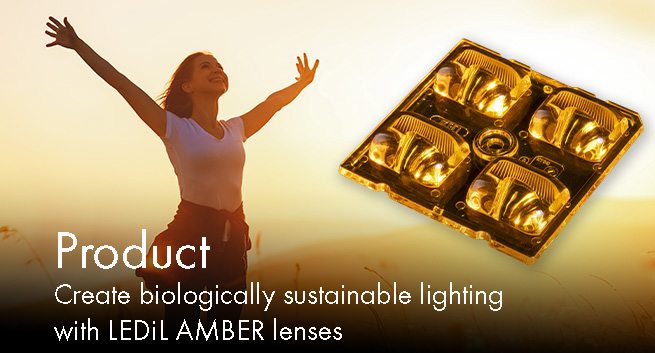Sustainability
Download
Sustainability report
Conflict minerals policy statement
RoHS and REACH compliance statement
Certificates
Related content
Sustainable lighting solutions for a luminous future
“As a world leading secondary optics provider, we have a major impact on a wide group of luminaire manufacturers all over the world to lower emission and mitigate climate change on a big scale. With high quality lighting provided through our solutions we also enhance the well-being of people and life around us.”
Kimmo Rauhala, CEO
Designing for a sustainable future
We are committed to providing you, our customers, partners, and the entire lighting ecosystem with world-class products that drive sustainable lighting solutions. With our extensive experience and advanced technological expertise, we at LEDiL help customers achieve exceptional, eco-friendly lighting results across diverse applications — enhancing efficiency, reducing environmental impact, and supporting a luminous, more sustainable future.
Core commitments to a sustainable future
LEDiL firmly advocates for the United Nations Sustainable Development Goals as part of the 2030 Agenda for Sustainable Development. Three key goals have been identified that will steer LEDiL business strategy and sustainable development goals.
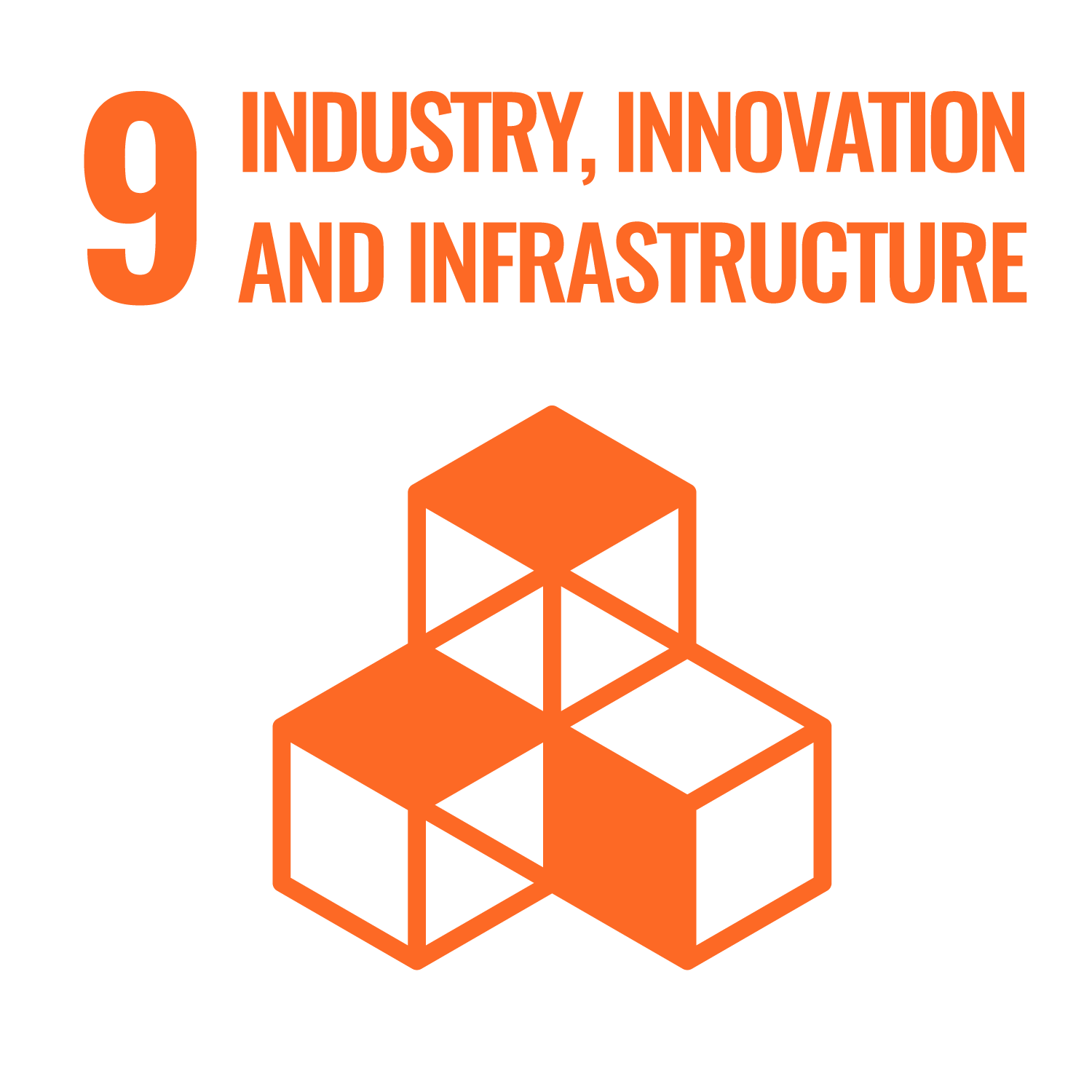
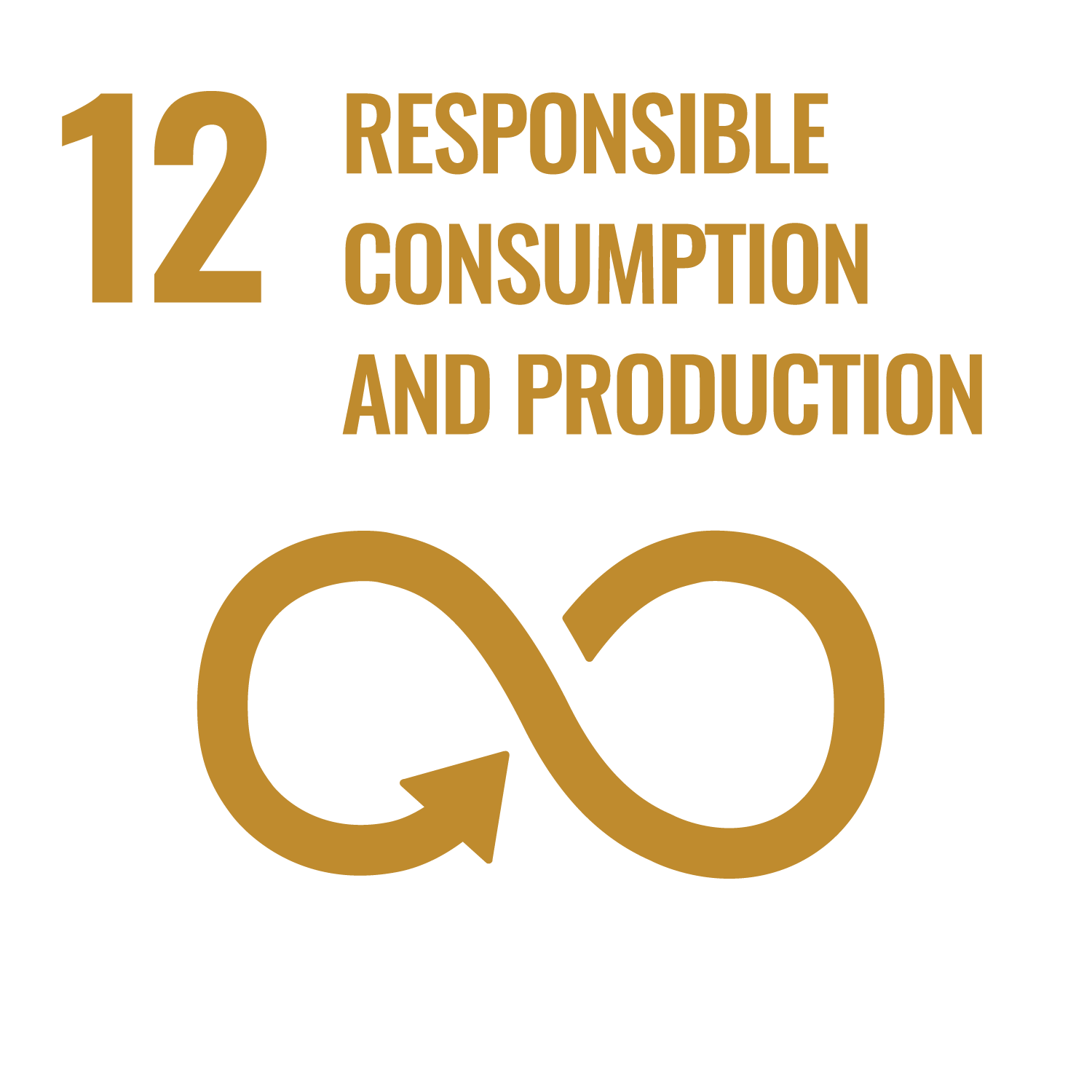

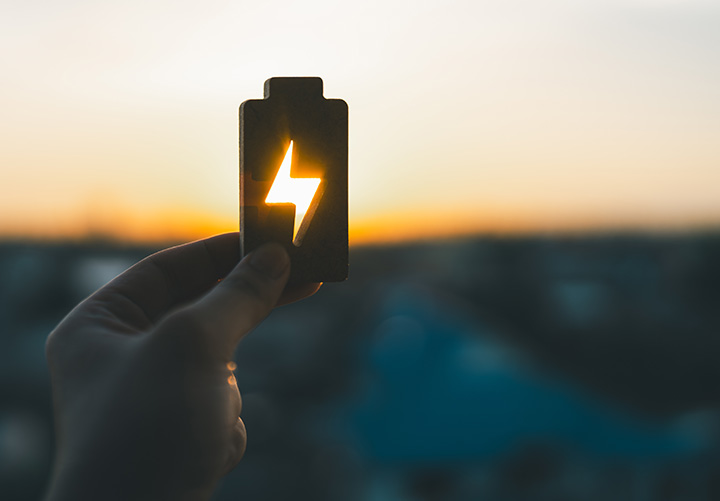
Energy efficient technology
By using LEDiL LED optics, you can achieve superior lighting with fewer emissions and less wasted energy. Our innovative designs enhance performance while consuming less power – leading to reduced energy waste, fewer luminaires, and a significant minimisation of resource consumption and raw materials.

Sustainability through modularity
Our focus on modular designs support flexible, upgradable lighting solutions that extend product life and reduce waste. With standard interfaces that simplify replacing components, we support the right to repair, enabling efficient updates and reducing material use and environmental impact. We minimise the overall environmental footprint of lighting through sustainable innovation.
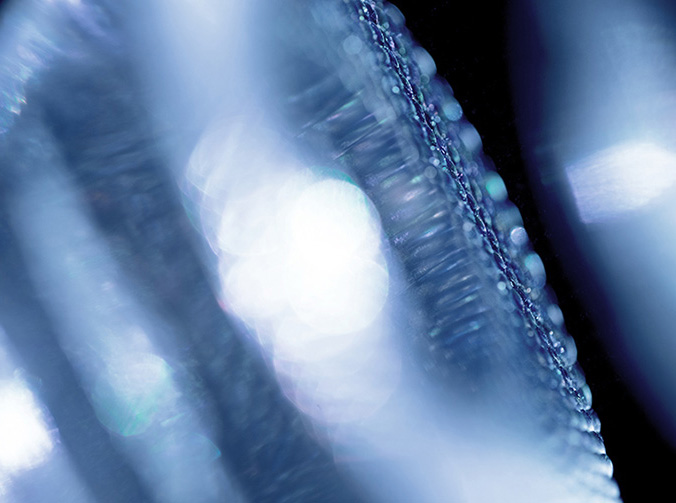
Eco-friendly materials
We are continuously working to improve the environmental impact of lighting, with a focus on innovation across the entire lifecycle of luminaires. This includes exploring sustainable materials for both products and packaging. These initiatives help reduce waste and driving our commitment to minimising the overall environmental footprint of lighting solutions.

Upholding ethical excellence
We uphold the highest standards of integrity, ensuring fairness, transparency, and accountability in all actions. This includes zero tolerance for bribery, corruption, and extortion, while fostering trust and respect with customers, partners, and employees. Employee well-being is paramount, and we create a supportive respectful work environment that promotes health, safety, and growth.

Accountable and transparent processes
At LEDiL, we prioritise accountability and transparency within the organisation and across our value chain. Our approach emphasises integrity in operations, clear processes, and strong partnerships. We ensure transparency in reporting, uphold integrity-driven operations, and accountable practices, while also committing to data privacy and fostering trust with partners.
Saving the climate with every LEDiL lens
Did you know that a relatively small investment in high-quality LEDiL optics can lead to significant CO₂ savings over time? When it comes to lighting sustainability, the emissions generated during a product’s use phase far outweigh the climate impact of manufacturing it.
Lighting accounts for around 15% of global electricity consumption, and up to 90% of a luminaire’s carbon footprint comes from its usage. That’s why in-use efficacy is so critical — every improvement in real-world performance can lead to substantial carbon savings.
A real-world example
Take street lighting, for example. In the image: just one kilometer of road and what it could represent in CO₂ savings. While the highest luminous efficacy (lm/W) can technically be achieved without optics, such a solution is not feasible in practice. Regulations, safety standards, and usability demand optical control — and that is where smart optical design truly shines: directing light precisely where it is needed, while dramatically reducing environmental impact.
Crunching the numbers
Lighting one kilometer of road with a basic lens may consume 1.08 kW, resulting in 43.52 tons of CO₂e over its lifetime. How much energy is needed to light the same kilometer with quality LEDiL optics? Just 0.63 kW and 25.39 tons of CO₂e, a 42% reduction. Multiply that by the millions of kilometers of lit roads across the globe, and the potential for CO₂ savings becomes enormous.
Small change, big impact
The CO₂ our optics help save during their lifetime far exceeds the emissions it takes to produce them.
Quite literally: saving the climate, one lens at a time.
